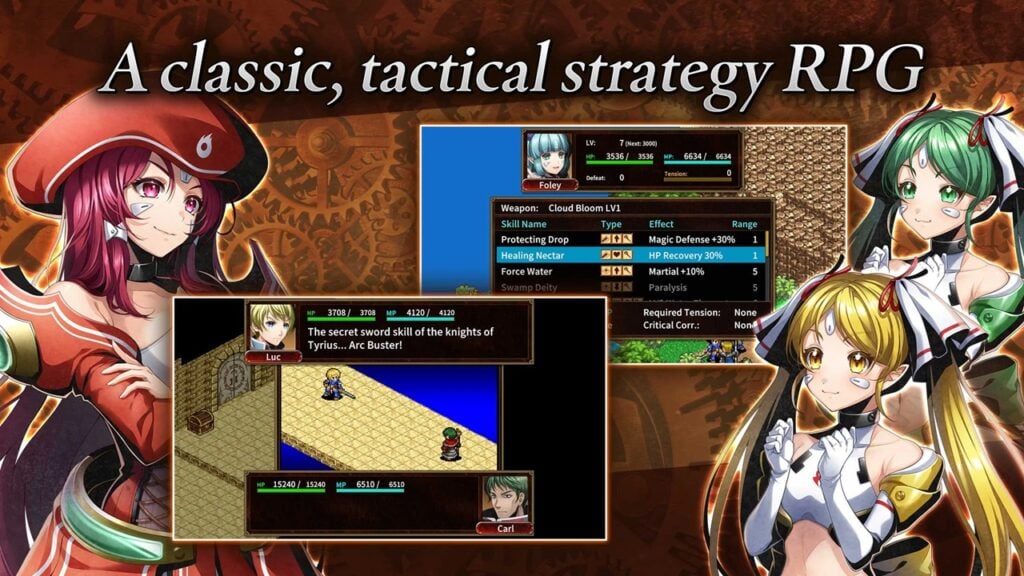"Blades of Fire: Exclusive First Look"
When I first sat down to play developer MercurySteam’s latest project, Blades of Fire, I anticipated a return to the studio’s Castlevania: Lords of Shadow roots, infused with the modern flair of God of War. However, after an hour, I found myself immersed in what felt like a Soulslike experience, where the focus was on weapon stats rather than traditional RPG character development. By the end of my three-hour hands-on session, I realized that Blades of Fire is a unique blend of familiar elements and innovative ideas, creating a fresh take on the action-adventure genre.
While it may initially seem like a clone of Sony Santa Monica’s God of War, Blades of Fire shares more than just a superficial resemblance. The game's dark fantasy setting, powerful combat moves, and close third-person camera perspective echo the Norse saga of Kratos. Throughout the demo, I navigated a labyrinthine map filled with treasure chests, aided by a young companion who assisted in puzzle-solving. Together, we sought out a woman of the wilds living in a house atop a giant creature. The game also borrows heavily from FromSoftware’s playbook, with anvil-shaped checkpoints that not only replenish health potions but also respawn enemies.
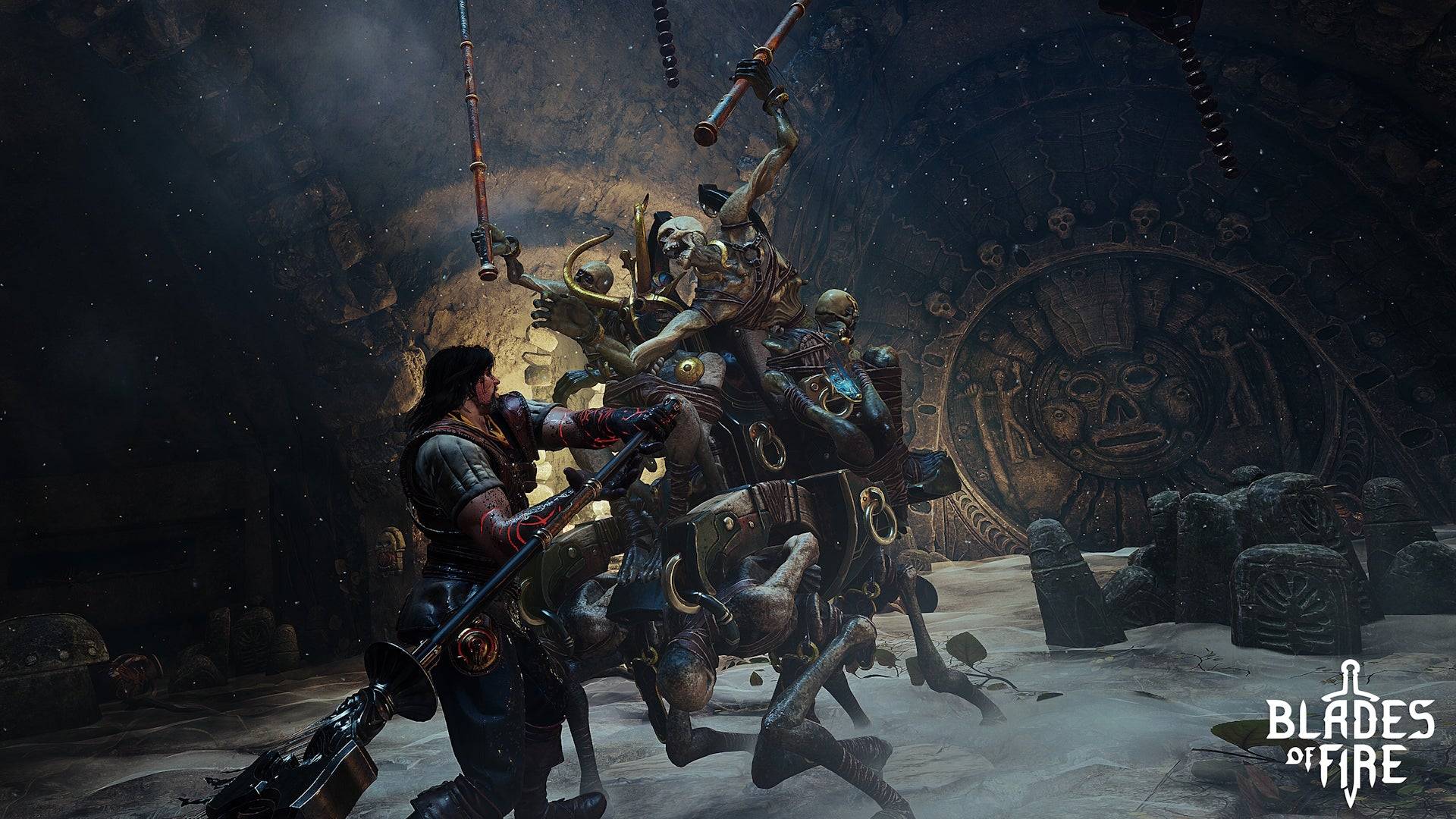
The game's world evokes a nostalgic 1980s fantasy vibe, where characters like Conan the Barbarian would fit right in among the muscular soldiers, and bizarre enemies reminiscent of Jim Henson’s Labyrinth bounce around on bamboo pogo sticks. The narrative, too, feels retro—an evil queen has turned steel into stone, and it’s up to you, Aran de Lira, a blacksmith demigod, to defeat her and restore the world’s metal. However, the story, characters, and writing may not be as compelling as the gameplay, reminiscent of many overlooked Xbox 360 era tales.
Blades of Fire shines brightest in its mechanics. The combat system is built around directional attacks, utilizing every face button on the controller. On a PlayStation pad, triangle targets the head, cross the torso, while square and circle swipe left and right. By reading an enemy’s stance, you can break through their defenses. For example, a soldier guarding their face can be defeated by aiming low and striking their gut, resulting in satisfyingly visceral effects.
The demo's first major boss, a slobbering troll, showcased the system's potential. It had a second health bar that could only be damaged after dismembering the beast, with the limb removed determined by your attack angle. You could even sever the troll’s face, leaving it blind and flailing until it regrew its eyes.
Weapons in Blades of Fire require significant attention. They dull with use, reducing damage over time, necessitating sharpening stones or switching stances. Each weapon has a durability meter that depletes, requiring repairs at anvil checkpoints or melting down for crafting materials. This leads to the game's most innovative feature: the forge.
MercurySteam has crafted an extensive weapon crafting system. Starting with a basic template, you sketch out your weapon on a chalkboard, tweaking elements like the length of a spear’s pole or the shape of its head, which affects stats and stamina demands. Once designed, you physically hammer out the metal on an anvil through a minigame that requires precision in length, force, and angle of strikes. The goal is to match a curved line with vertical bars, with overworking the steel resulting in a weaker weapon. Your performance earns a star rating, determining how often you can repair your weapon before it breaks permanently.
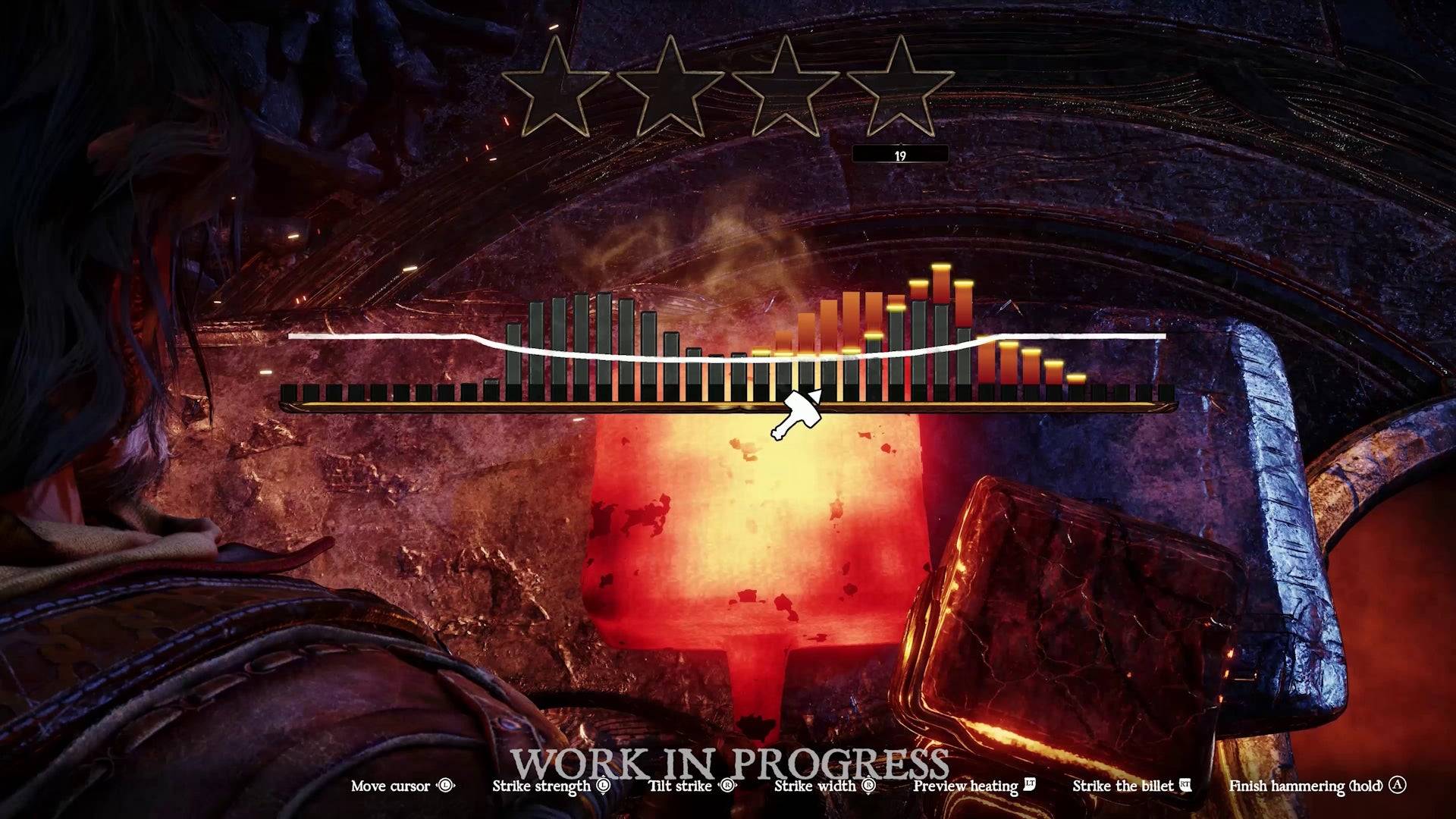
While the forge concept is intriguing, adding a skill element to crafting, the minigame can be frustratingly unclear. I hope for improvements or a better tutorial before launch, as it’s a key feature that could be hindered by confusion.
The forge system extends beyond the demo, with MercurySteam aiming for a 60-70 hour journey where you form deep attachments to your crafted weapons. As you explore and find new metals, you can reforge your weapons to enhance their properties, suitable for new challenges. The death system reinforces this bond; upon defeat, you drop your weapon and respawn without it, but it remains in the world for you to recover.
MercurySteam’s adoption of Dark Souls-inspired mechanics is understandable, given FromSoftware’s influence on action games and the studio’s connection to Blade of Darkness, a precursor to the Souls series. However, Blades of Fire transcends these influences, reinterpreting established systems into a unique blend of ideas.
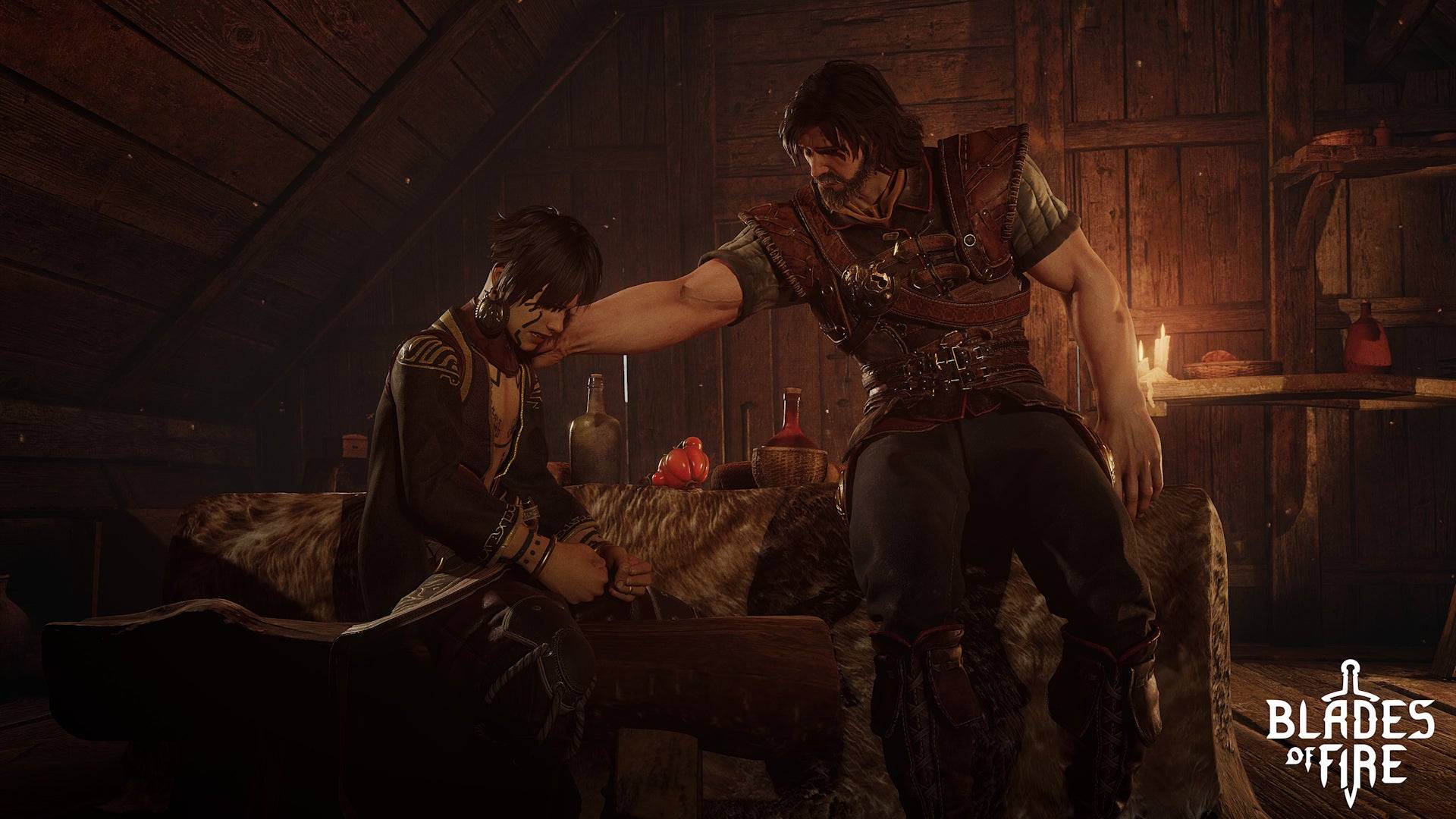
Despite some concerns about the generic dark fantasy setting and potential lack of variety, the deep relationship between your forged blades and the enemies you face is compelling. In an era where complex games like Elden Ring and Monster Hunter have become mainstream, Blades of Fire has the potential to offer something truly fascinating to the gaming community.
Blades of Fire Screenshots
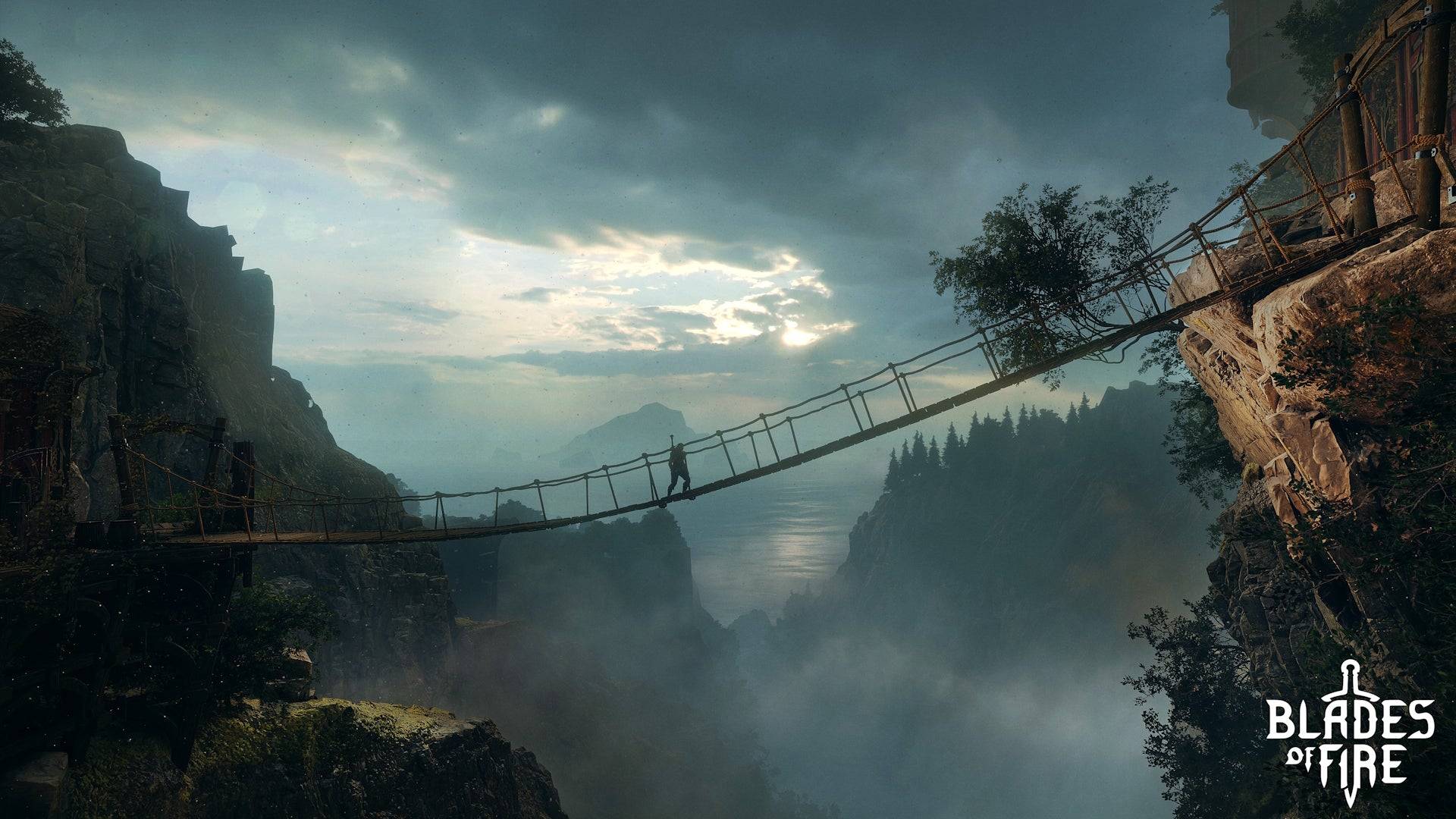
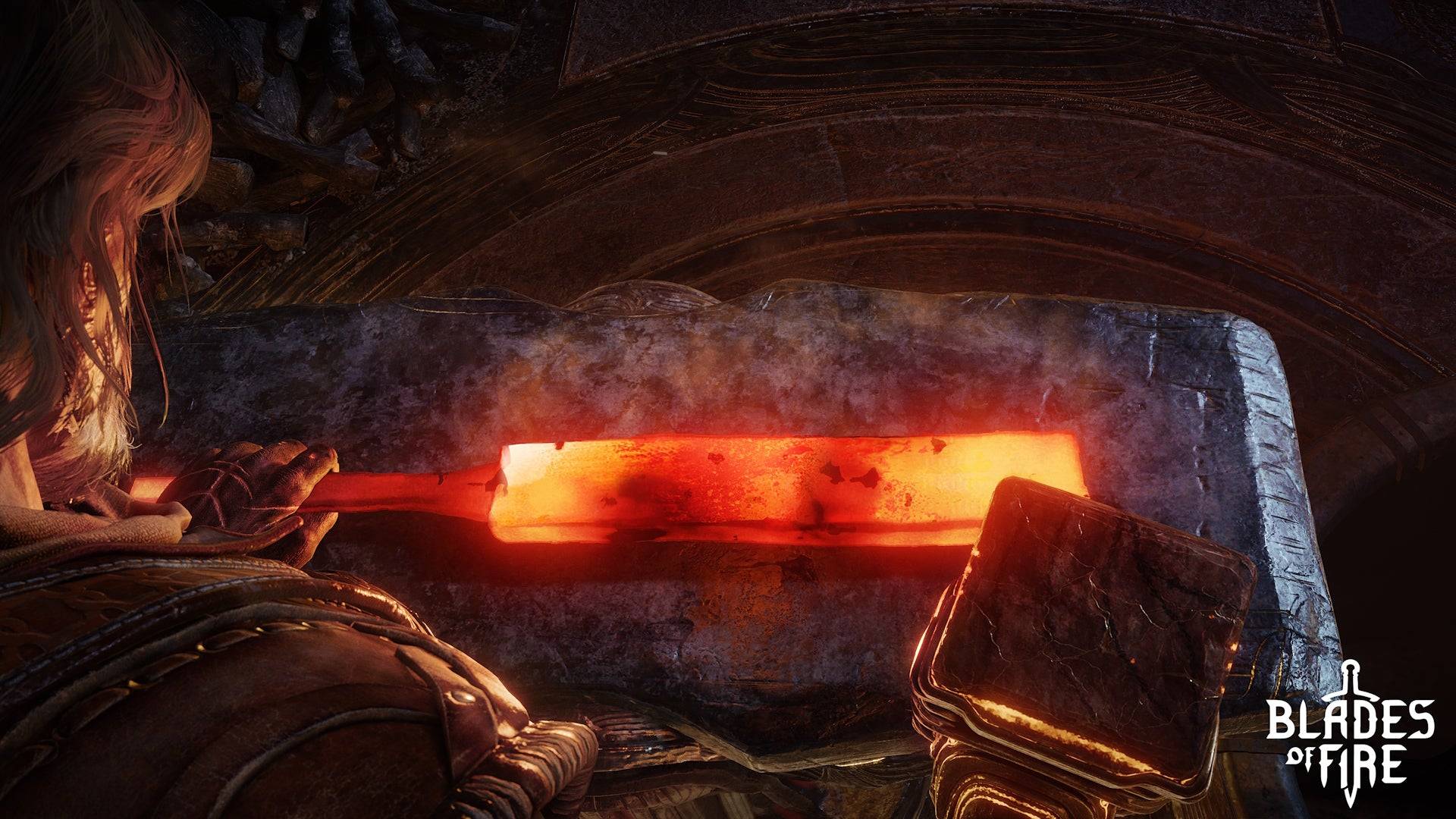 9 Images
9 Images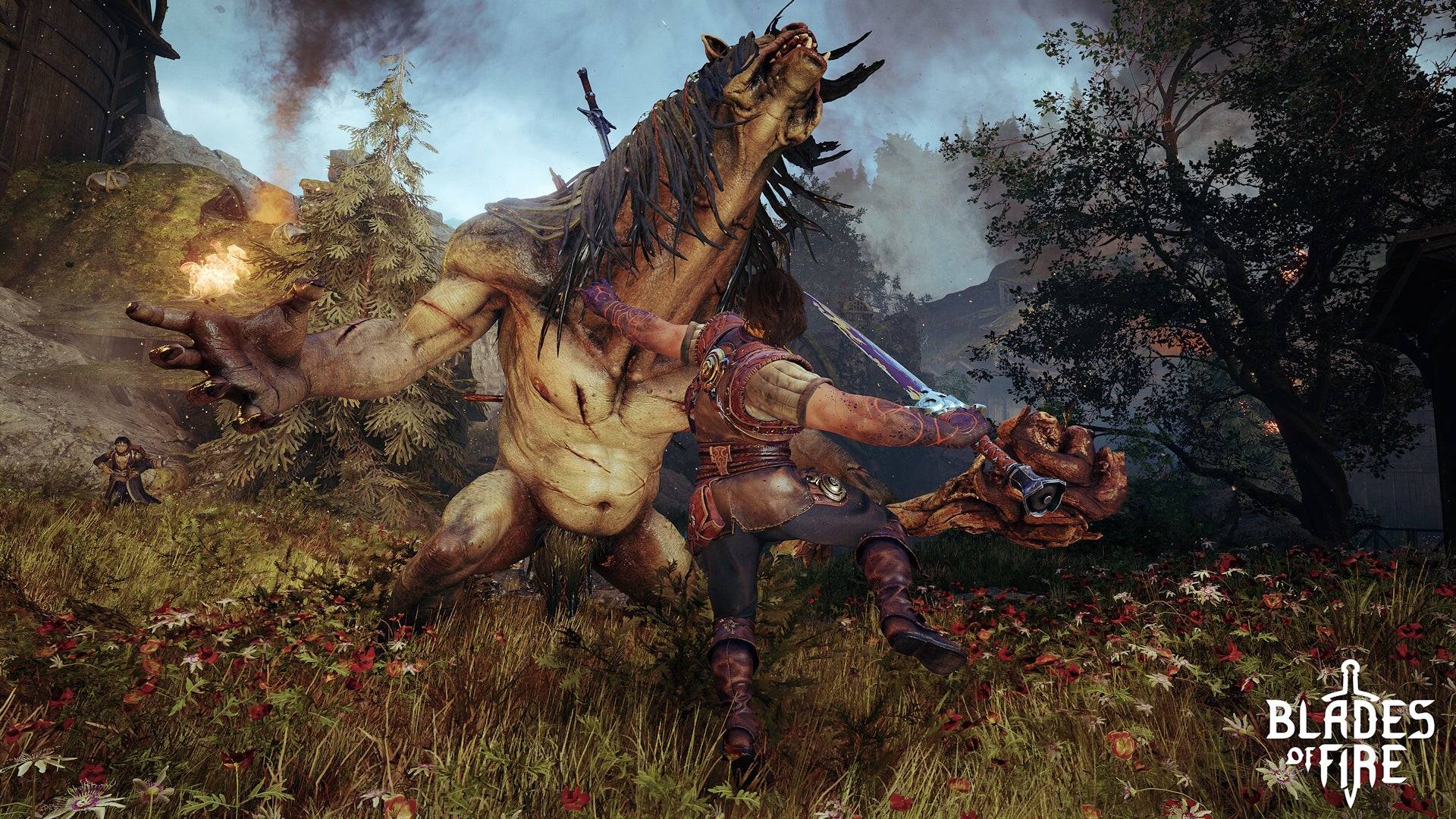
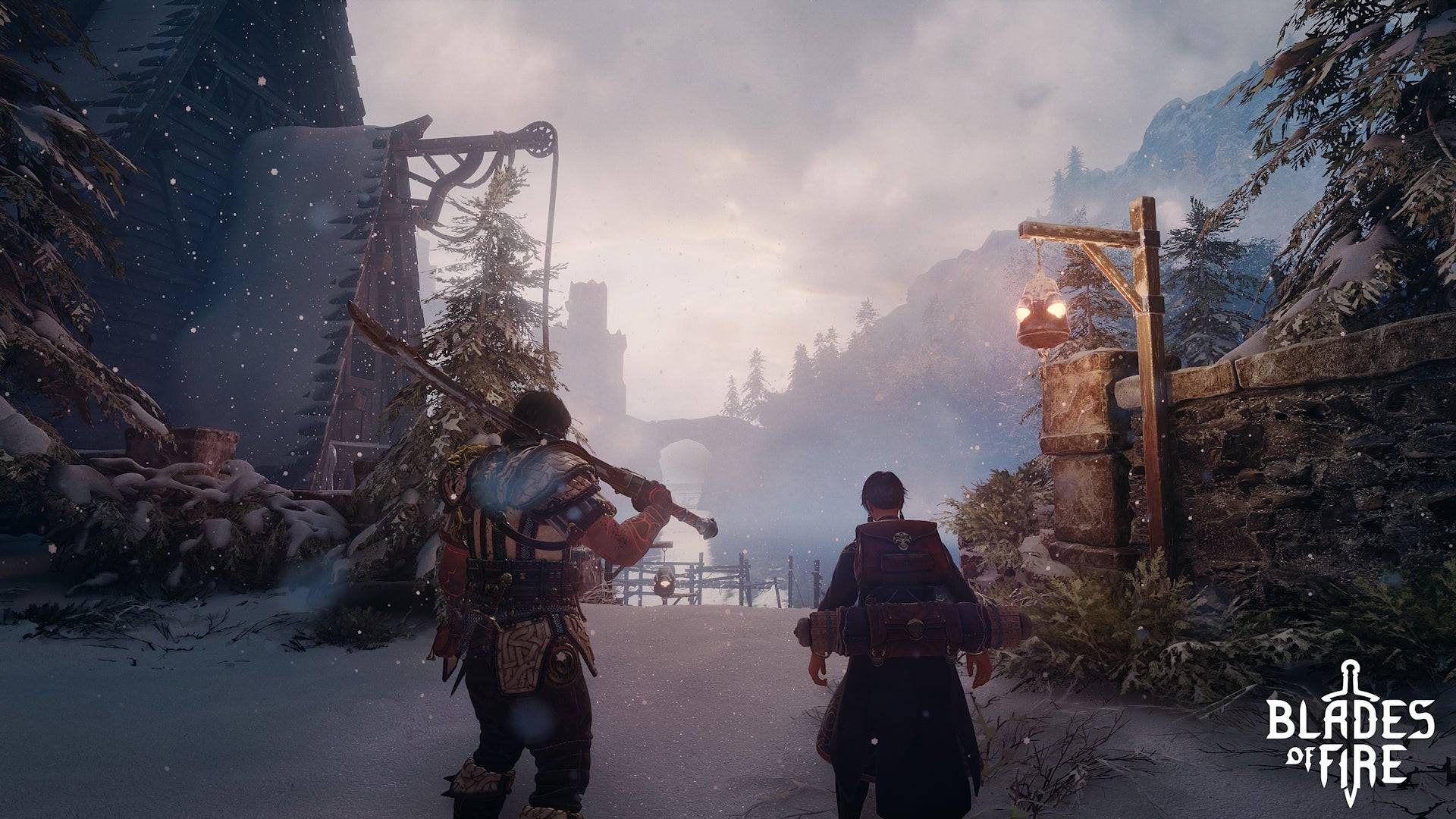
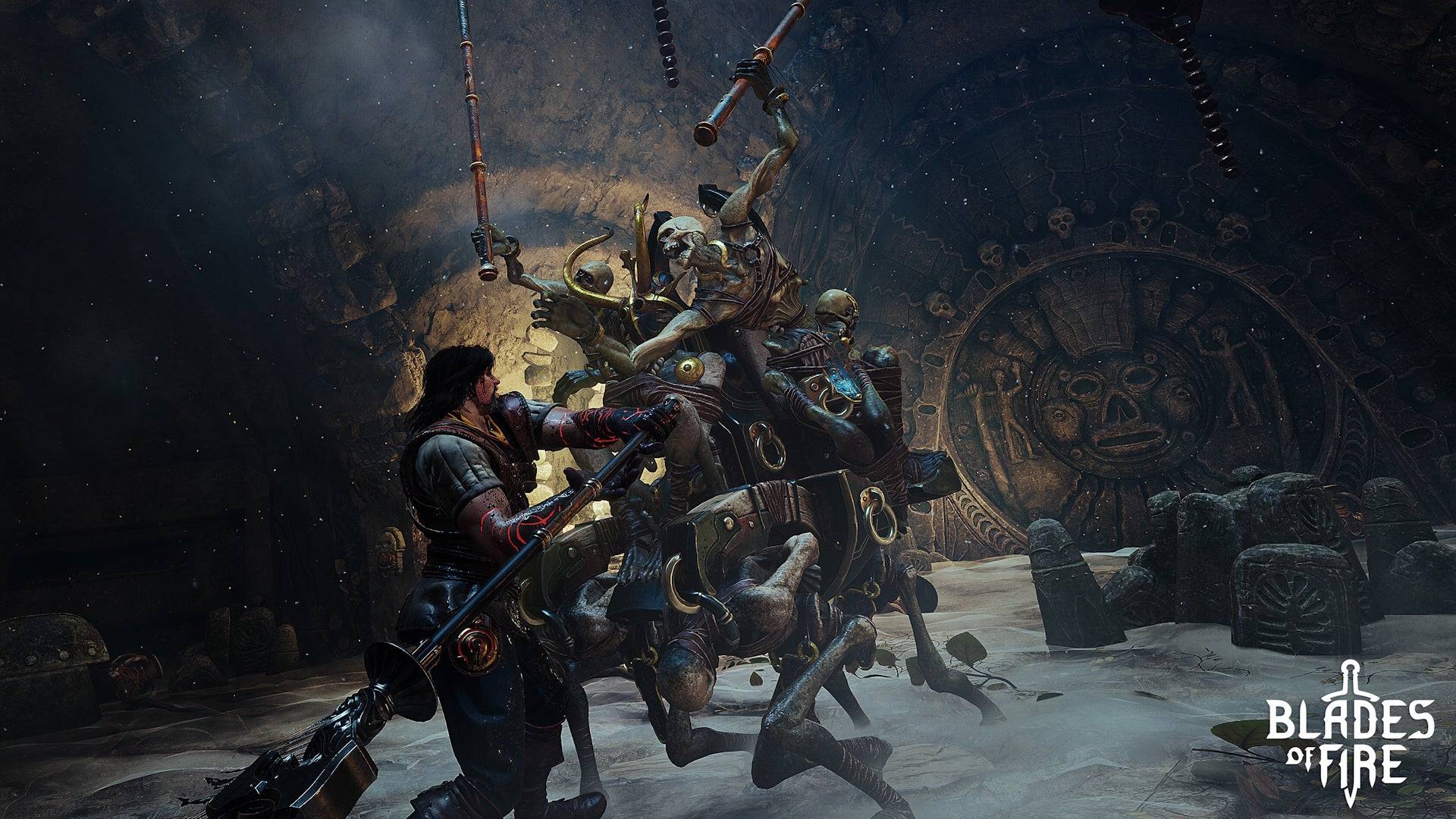
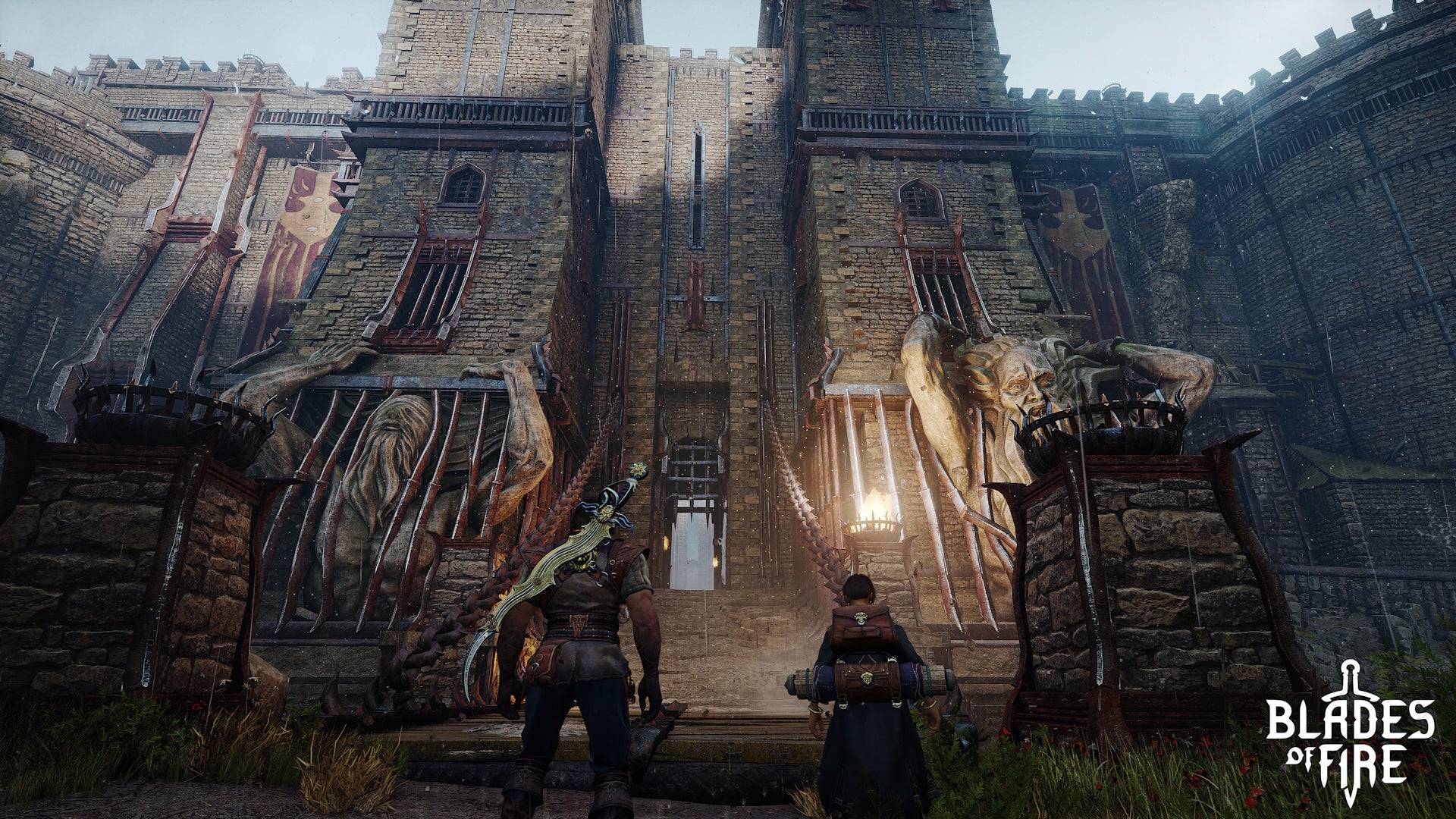
-
Prepare for the ultimate party game experience as Forgotten Playland launches worldwide on the Epic Games Store, inviting players to dive into a whimsical world filled with chaos, competition, and camaraderie.Once you jump into this social party game, you'll embody one of Forgotten Playland's mischiAuthor : Skylar Apr 17,2025
-
In *Genshin Impact* Version 5.5, set to launch on March 26, players are introduced to two new characters: Varesa and Iansan. Iansan comes as a 4-Star Electro Polearm, while Varesa stands out as a 5-Star Electro Catalyst. The Version 5.5 livestream highlighted Varesa's kit, which particularly caughtAuthor : Julian Apr 17,2025
- Hitman Devs' "Project Fantasy" Hopes to Redefine Online RPGs
- The Elder Scrolls: Castles Now Available on Mobile
- Minecraft's 'In Your World' Mod: A Chilling Update
- Resident Evil Creator Wants Cult Classic, Killer7, to Get a Sequel By Suda51
- Deadlock Characters | New Heroes, Skills, Weapons, and Story
- Fortnite Update: Mysterious Mythic Item Teased in Latest Leak

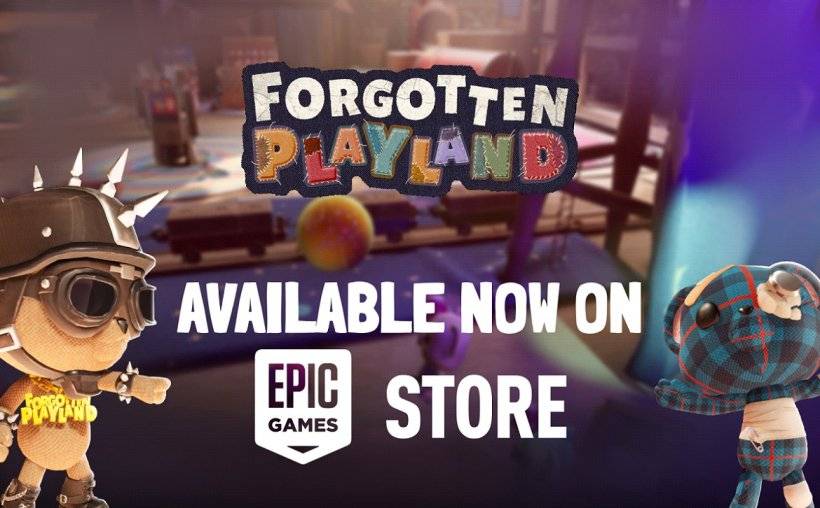
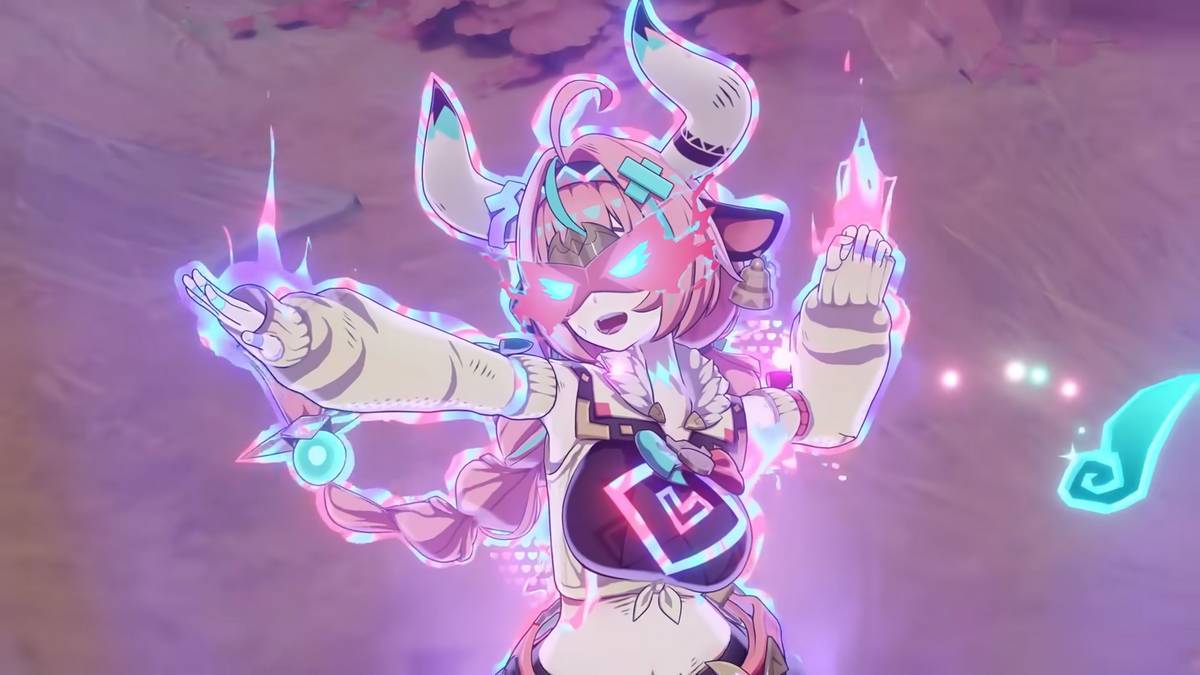


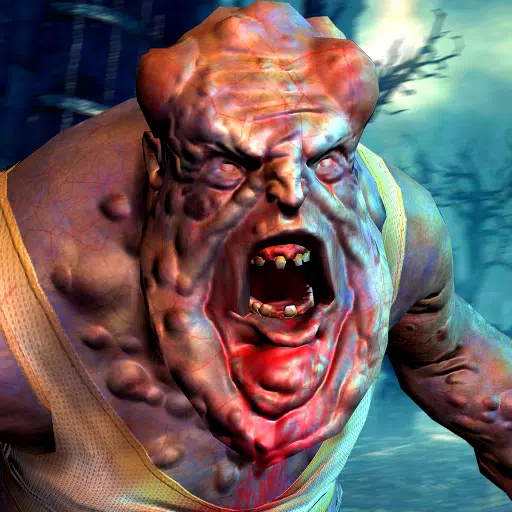




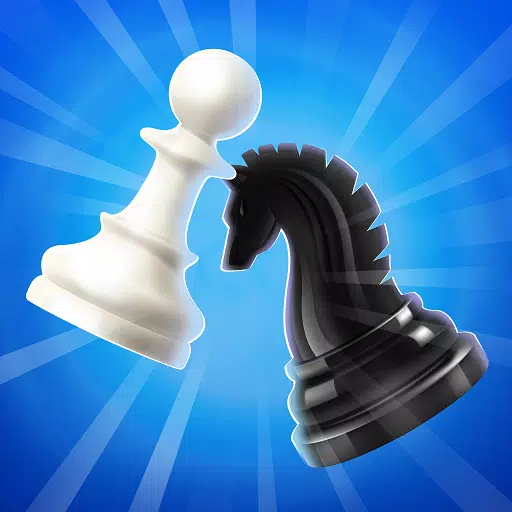


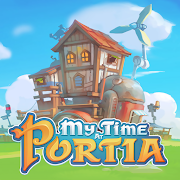


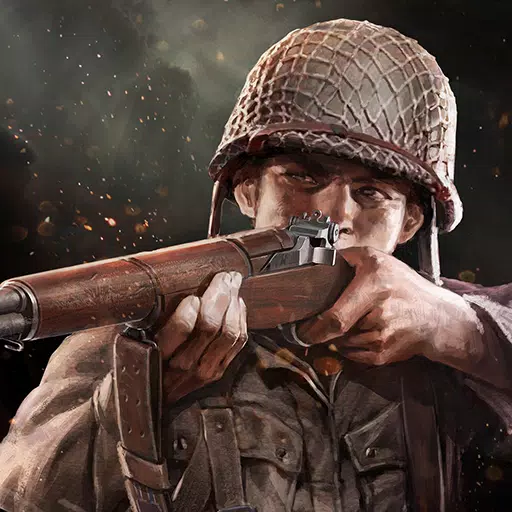

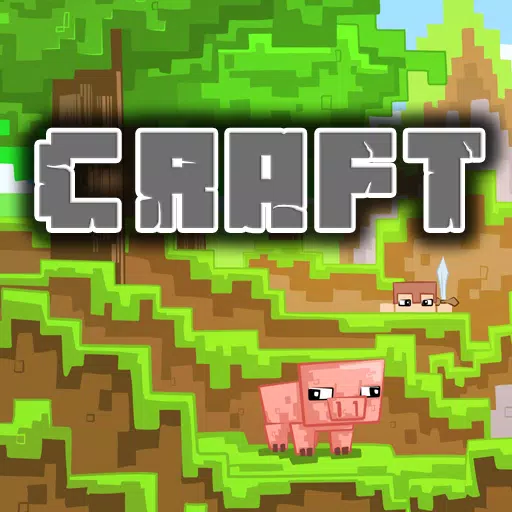


![[777Real]スマスロモンキーターンⅤ](https://images.0516f.com/uploads/70/17347837276766b2efc9dbb.webp)
